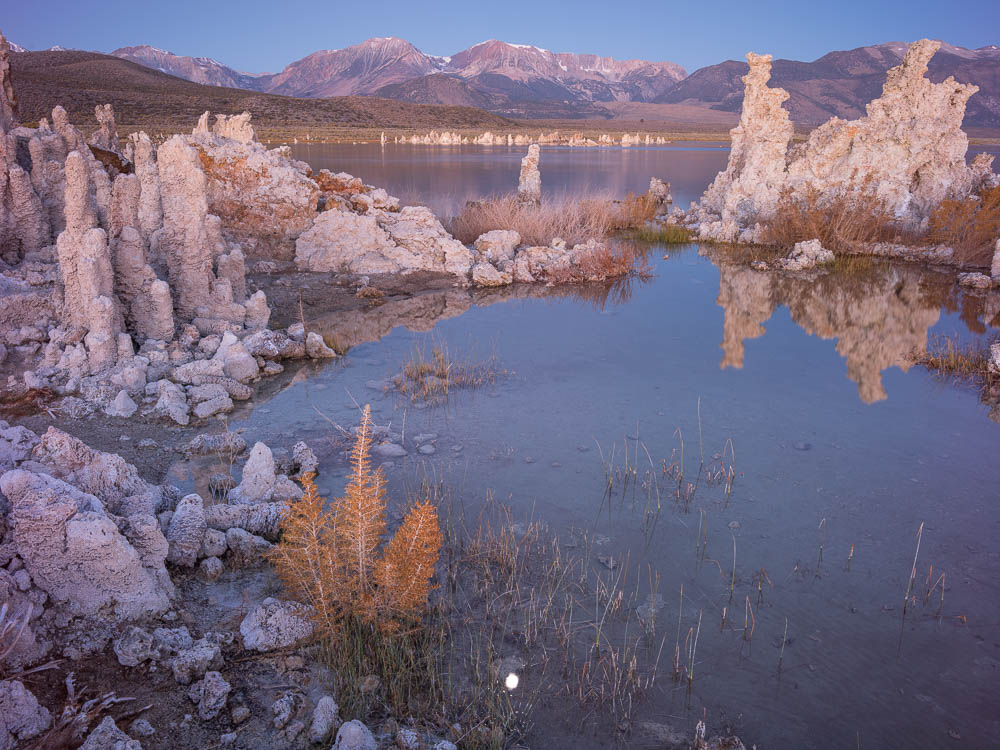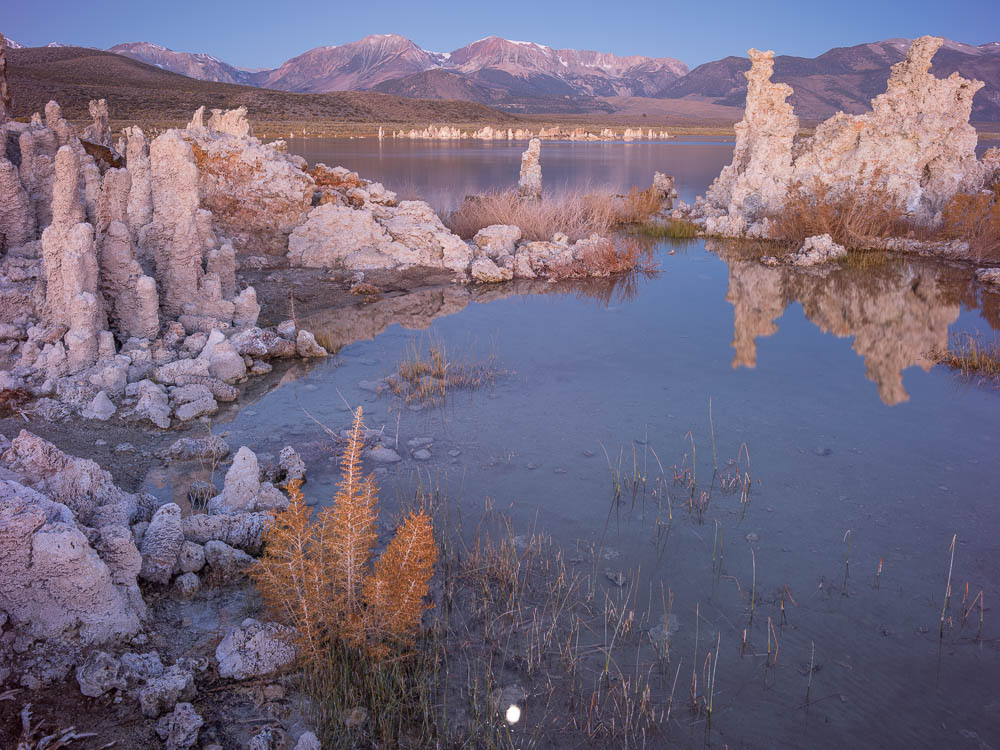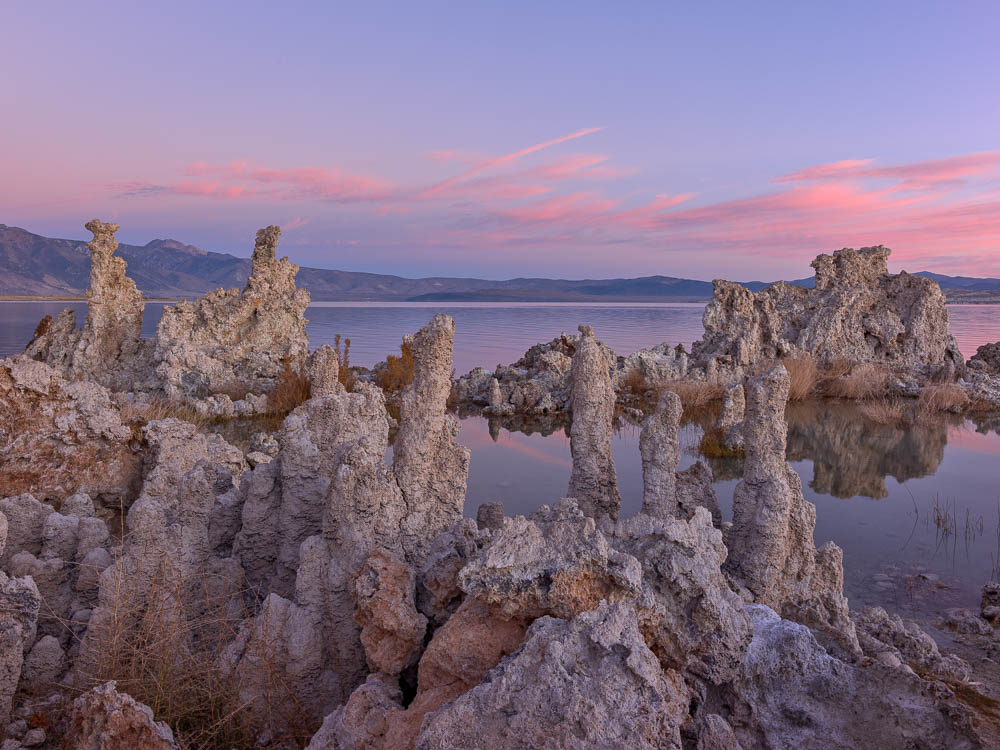Here's a link to a post from a few years ago where I tested the then "new" Cambo TS mounted lenses:
https://www.getdpi.com/forum/digita...w-rs-rodenstock-40mm-hr-digaron-ts-mount.html
Here is a copy of the review itself. I think it shows how beneficial rise/fall and BOTH tilt and swing together can be (PS: This was done with a P65+ back.) :
Thanks to our good friends at Capture Integration, I was able to borrow their Cambo W-RS tech camera with a Rodenstock Digaron HR lens mounted in a Cambo TS lensmount for a quick field test.
Some background. I have avoided investing in a tech camera kit since one of the main features I wanted was separate tilts and swings up front with rise, fall and shifts at the back, and only recently has that option become (readily) available. Sinar released the Arctech about a year ago, and to date I have not been able to even look at one, though I understand there are a few floating around. Arca recently introduced their RM3D tech camera that incorporates a front standard tilt with rear rise/fall and shifts, all while using a dedicated focusing helical on the camera for all lenses. Without going into laborious detail, both of the aforementioned solutions will accomodate my desires, but if I understand their operation correctly, require some added camera gymnastics to get a combination of swing, tilt, rise and focus at the same time. For me, that trio is an often desired combination of movements when photographing three-dimensional subjects with broad near-far subject distances. Which brings me to the main feature that intrigued me about Cambo's TS lensmount solution -- it allows separate tilt and swing adjustments up front on the lens axis while allowing rise, fall and shifts at the rear. (There are a few excellent view camera choices which offer all of these movements, even independently at both ends, which is an obvious advantage for precise adjustments. However a view camera makes for a significantly larger package to transport, is more complicated to set up and use, and is virtually impossible to use hand-held, so I leave them out of the tech camera discussion.)
So armed with the Cambo and 40 HR, I mounted my P65+ back and set out to photograph a decent test subject. In this case, an old passenger train car. I'm going to get straight to picture examples showing results, and leave out all the preparatory discussion on how to use a tech or view camera. While the how-to portion is a worthwhile discussion, it's lengthy, and most folks considering a tech camera purchase will already know the basics of working them. For those of you who don't, you'll hopefully at least be able to see why a camera with movements is worth considering.
Here's the "normal" shot. For this one, the Cambo is leveled and zeroed, meaning no movements of any kind have been made:
The first problem we note is my shadow is in the image, which is an absolute no-no. So the first movement I make is rise, or back fall. Here I used 5mm rise, and note it has the effect of moving the camera to a shooting position several feet higher -- note that the camera has not moved at all, the only adjustment is 5mm of rise:
Note that my shadow is gone, and I have more room over the train car, all good things. The three red squares indicate where I'll be pulling crops from. The far left is the "near" subject point, the center is the "focus" point and the far right is the "far" subject point. Our goal is to get all of them into acceptable focus. I shot all of these frame at f10 as that is near the ideal performance aperture for the lens before diffraction starts deteriorating the fine detail. Here are the crops from the frame with no tilts or swings and only the 5mm rise:
First the focus area, and as you can see we have good focus:
Next the far end, and you can see we are well out of focus, having run out of DoF:
Finally the near end -- and note it is in good focus as well. This is because it happens to lie in the same plane as my main focus area:
Next let's take a look at what happens when I add one degree of swing toward the train car. (Note that from years of experience of shooting Large Format view cameras and tilt-shift lenses, I have a pretty good idea how much tilt or or swing I am likely to need to solve most problems, so I had a good idea where to start for this one.) Anyway, as you can see, focus has clearly improved over the frame above, though still a bit soft for my tastes:
Now for the near zone. Unfortunately our swing has moved the plane of focus closer to the camera at this side of the frame and now our near end is seriously out of focus:
Here is where the "magic" of having tilts and swings comes into play. Let's take a look at what happens to the image when I now add one degree of forward tilt while keeping the one degree of swing.
First the far end. Wow, pretty darn sharp!:
But what about our near end? Well, presto, it popped back significantly too. Not perfect, but all-in-all a very good compromise IMO:
Note that I also took a set using 1/2 degree of tilt and 1/2 degree of swing. This combination ended up favoring the near end slightly at the expense of a slightly softer far end, for roughly the same final result. I opted for this version as it worked best for the entire side of the car, keeping critically sharp along it's entire length, which I felt was the more important subject. As with most things, there are compromises, and it's physically impossible to render all points on a three-dimensional subject in perfect focus on a two-dimensional sensor. But at least with some minor camera movements, we can get a lot closer than we can without them.
















